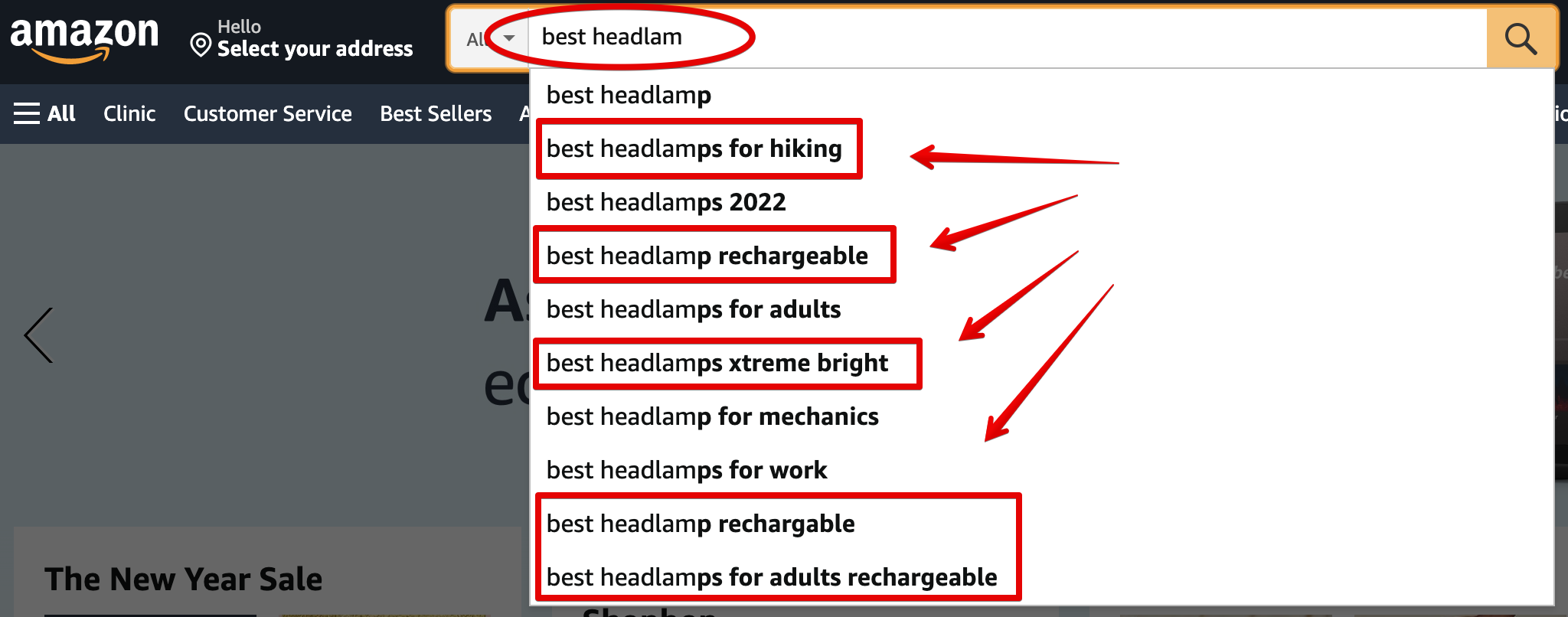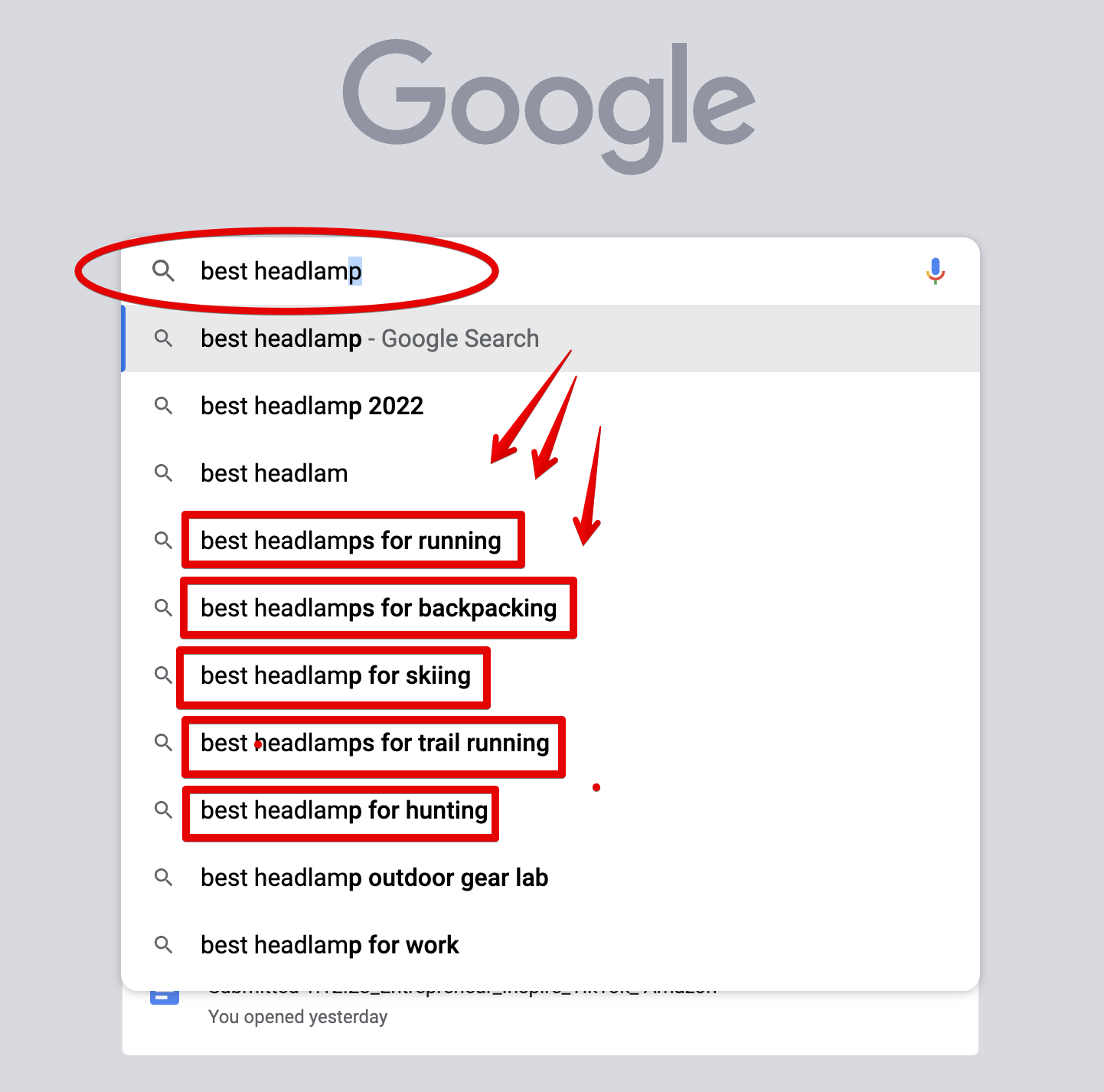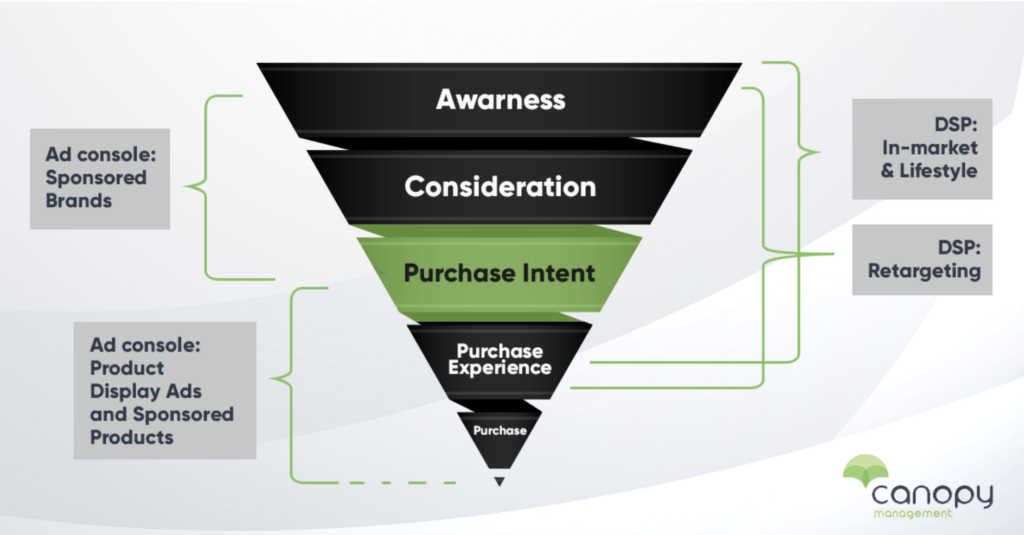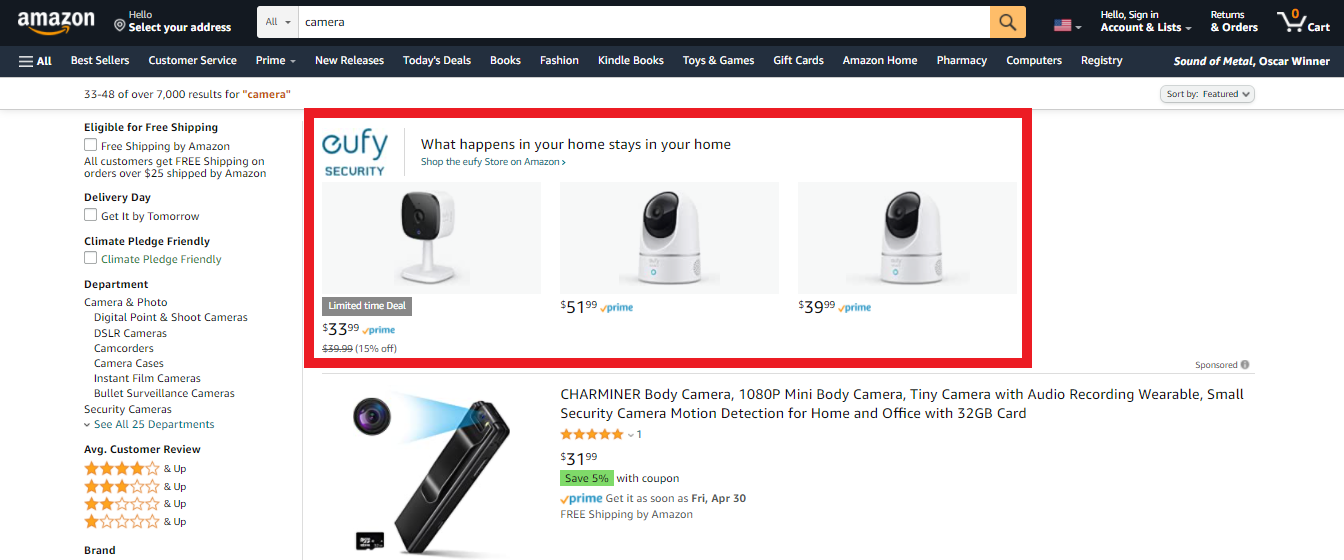It seems that everything starts with a keyword. Want to book a flight, find a hotel room, or a great place for dinner when traveling? Keywords are your first step. It’s the same thing when it comes to selling...
It seems that everything starts with a keyword. Want to book a flight, find a hotel room, or a great place for dinner when traveling?
Keywords are your first step.
It’s the same thing when it comes to selling a product on Amazon. However, there’s one big difference. If you pick the wrong place for dinner, you’re probably still going to be able to make your mortgage payment. As an Amazon seller, picking the wrong keyword has much greater consequences.
Identifying the right keywords to use in your Amazon ad is one of the most important things you can do as an eCommerce seller. The best keywords can help make sure that your product is seen by potential customers when they search for products like yours.
As importantly, keywords are also what will help you to keep your Amazon pay per click (PPC) advertising costs in line.
Thinking About Hiring an Amazon Management Agency?
Canopy’s Partners Achieve an Average 84% Profit Increase!
Let’s talkIn this post, we’ll go over best practices for identifying keywords to use in your Amazon PPC campaign. We’ll also focus on a “hidden” tool that uses Amazon’s massive search-engine capabilities to help you understand how shoppers use search terms to find the products they’re looking for.
Amazon Advertising 101
Amazon Advertising offers a number of options to promote brands and products. Sponsored Brands does a great job of enhancing your overall brand awareness. Sponsored Products targets shoppers searching for specific items.
Beyond Sponsored Products, and Sponsored Brands, sellers have additional Amazon PPC ad options as well. Crafting an effective Amazon ad campaign requires utilizing the full range of Amazon ad services, including sponsored display ads and Amazon DSP.
This isn’t a one-size-fits-all operation. An Amazon advertising management agency will test a myriad of different promotions to enable brands to better optimize budget allocation.
Understanding Amazon Shoppers
Whether it’s a product listing, or Amazon sponsored ads, if you don’t have a good sense of WHO your potential customers might be, it’s very hard to tailor the message to a specific demographic.
Great Amazon PPC management begins with truly understanding your would-be buyer. Who are they, and what are they looking for? What words and phrases do they use when searching for products like yours?
By gaining a better understanding of your customer, you’ll be better able to identify the keywords that they’ll use to find their way to your Amazon Store.
Take the time to develop a customer avatar that represents the audience that you are trying to reach. Then, make sure to test those theories through market research.

Keep an Eye On Your Competitors
You’re not out there (on Amazon’s marketplace) all alone!
Another important strategy involved in identifying the keywords that will help you compete – and win – is to make sure that you know what your competitors are doing. A good first step is simply looking at the keywords that they’re using in their product listings.
If a competitor’s keyword jumps out at you, consider implementing it in your own listings. Use tools like Google Keyword Planner, Helium 10’s Magnet or Jungle Scout’s Keyword Scout to determine keyword volume and identify the keywords that really do connect with shoppers.
Audience Target (and Save Money) with Long-Tail Keywords
Long-tail keywords are longer phrases that help searchers to be more specific with their internet queries. They’re important for Amazon marketing because they are more targeted to a particular group of customers. Using long-tail keywords in your listings will help you better carve out a less-competitive selling niche.
By implementing long-tail keywords, you’ll rank higher in search results, gain visibility, and eventually reduce your Amazon advertising costs.
Higher Purchase Intent
Customers that are searching with long-tail keywords are typically further along in the buying process and have a higher purchase intent. That’s invaluable for sellers trying to optimize their marketing and reduce the amount of money they spend on their Amazon ads.
Long-Tail Keywords’ Natural Language Advantages
Long-tail keywords simply sound more like organic speech. When it comes time to use them in your Amazon product listings, the resulting copy will appear more authentic and relevant to potential customers.
Use Google AND Amazon’s Autocomplete Features
The Google Autocomplete feature, also known as Google Suggest, is a great tool for identifying potential keywords for your product listing or ad campaign. But, don’t forget that there’s another huge search engine that might have a more powerful connection with your potential customers; Amazon.
Amazon’s autocomplete feature is a fantastic tool for identifying keywords. Just like Google, as soon as you start typing a word or phrase into Amazon’s search bar, it will automatically suggest related keywords that you can use in your product listing.
This feature can help you identify keywords that you may not have thought of on your own. More importantly, it gives you a peek behind the curtain of the massive online marketplace that will ultimately decide your fate selling on the Amazon marketplace
What’s interesting about the two search engines is that their search capabilities complement each other. Using both will help you make sure that you don’t let great keyword ideas slip through the cracks.

These two screenshots show examples from the two search engines in a query I ran for the seed keyword, “best headlamp.”
Following is a list of strategies that you should consider when using Google and Amazon’s autocomplete feature for keyword research:
1. Begin with a Seed Keyword
Start by entering a seed keyword into the search bar. A seed keyword is a broad term that is hyper relevant to your product or service. Then, begin to type a variety of longer associated phrases and both Google and Amazon will automatically suggest a list of related keywords that you can use in your research.
2. Look for Long-Tail Keywords
Your goal is to assemble a list of long-tail keywords. Longer, more specific phrases that are less commonly searched for. More importantly, they’re not only more specific to a smaller, less competitive niche, when it comes time to assemble your keywords for your Amazon PPC advertising campaign, they’ll be less expensive and offer a better ACoS and return on your investment.
3. Check for Search Volume
Use your keyword research tools to check the search volume – the number of times a keyword is searched for in a given period of time – of the keywords you found on autocomplete. A keyword with a high search volume is a popular and in-demand term that is more likely to drive traffic to your website.
When it comes to your advertising campaign, you might need to lower your sights a little bit to keep your ad spend in line.
4. Use Modifiers
Make sure and implement modifiers such as “best,” “top,” and “brightest to create new keyword phrases that allow you to aggressively compete with other Amazon sellers. By identifying keywords related to buying and comparison research, you can target these keywords that are important to consumer reports and comparison websites.

5. Review and Adjust Periodically
Keyword research is not a “set it and forget it” process. The same keywords that are effective for your product today are not guaranteed to work for your product in the future.
Marketplaces are constantly changing (particularly for Amazon sellers with seasonal products). Review and adjust your keywords periodically to make sure you’re still reaching the right customers.
How Canopy Management Can Help
As Amazon’s marketplace becomes increasingly competitive, Amazon advertising has grown in complexity. It’s no longer enough to simply have “good business instincts” as many entrepreneurs do.
For an Amazon seller, it’s a different ballgame now.
By leveraging Amazon PPC experts, campaign optimization, and testing different types of sponsored ads, brands can better determine the most effective approach for their target audience.
An Amazon PPC agency can help brands see greater returns from their ad spend and supercharge brand awareness. With the help of someone who has been through the process thousands of times, eCommerce sellers are able to fine tune their ad strategy – and boost Amazon sales – across the entire advertising platform.
That’s why many experienced entrepreneurs reach out to Canopy Management, the fastest growing Amazon PPC Management Agency in North America.
Canopy’s Amazon PPC Advertising, and Creative Services are a big part of why Canopy partners show an 84% average profit increase.
Want to be part of the Canopy Tribe? Find out more right here.
Ready to Grow Your Amazon Business?
Start applicationThe post Let AI Do the Work: How to Leverage Predictive Analytics to Optimize Your Amazon Ad Campaigns appeared first on Canopy Management.
















